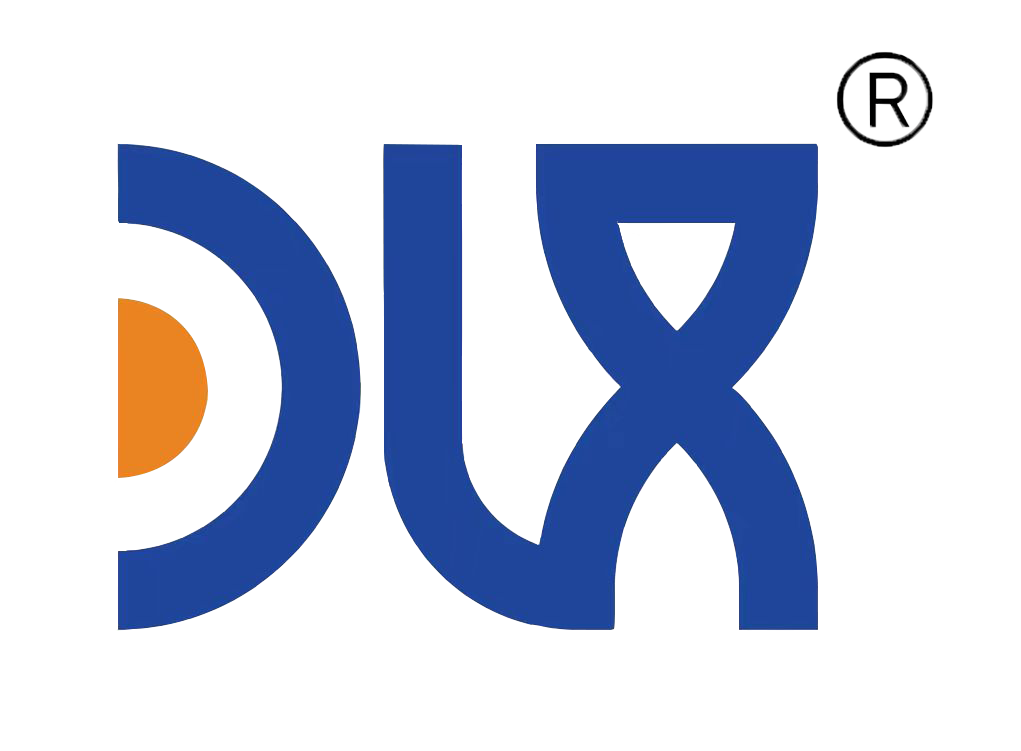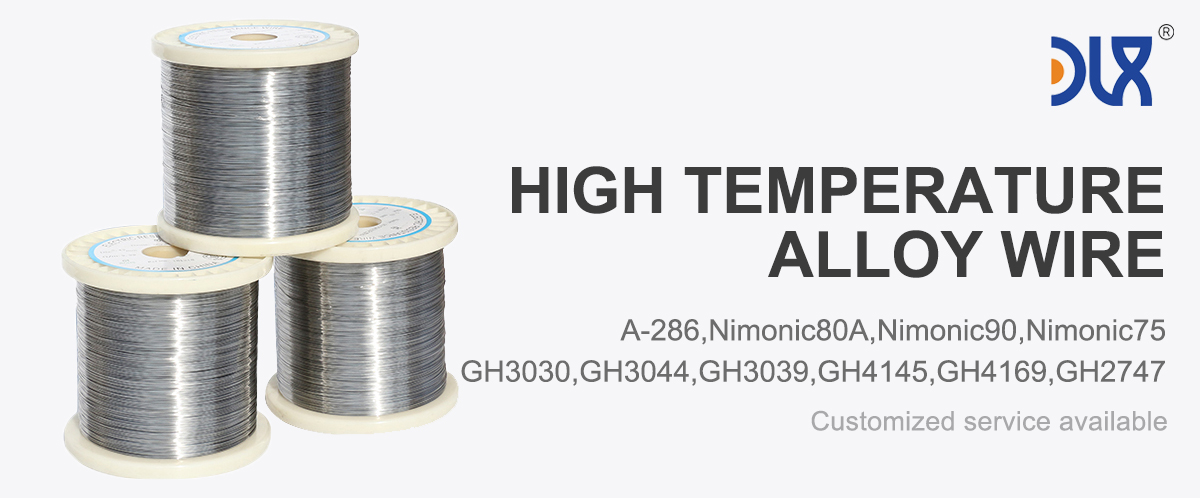
our company, we're dedicated to crafting materials that stand up to the harshest conditions, and our Corrosion-Resistant Nimonic 90 Spring Wire for Industrial and Marine Environments is a perfect testament to that. This spring wire leverages the robust foundation of Nimonic 90—a nickel-based superalloy known for its toughness—but we've dialed in enhancements to make it a powerhouse against corrosion in industrial and marine settings. If you're hunting for reliable corrosion-resistant Nimonic 90 spring wire or high-performance marine spring wire, look no further. We've engineered this product to deliver longevity where salt, chemicals, and heat team up to challenge lesser materials.
Let's kick off with a solid intro to the product. Our Corrosion-Resistant Nimonic 90 Spring Wire starts with the classic Nimonic 90 composition: nickel as the base (54-62%), providing that essential high-temperature stability, chromium (18-21%) for oxidation and corrosion resistance, cobalt (15-21%) to amp up strength, and titanium (2-3%) plus aluminum (1-2%) for precipitation hardening. What makes ours special is the optimized trace elements and surface treatments that boost corrosion resistance without sacrificing mechanical properties. We produce it through vacuum induction melting to keep impurities low, followed by hot rolling, precision cold drawing to achieve diameters from 0.05mm to 10mm, and age-hardening at controlled temperatures to lock in creep resistance. For extra protection in marine and industrial environments, we offer optional coatings that form a barrier against seawater and aggressive chemicals. The result? A spring wire with tensile strength hitting 1250-1450 MPa at room temp, excellent fatigue life even in cyclic corrosive conditions, and the ability to handle up to 920°C without deforming. It's customizable too—whether you need it annealed for easy forming or full hard for maximum spring force, we've got options that fit your specs. This isn't just wire; it's a solution for environments where failure isn't an option, like offshore platforms or chemical plants.
For more details, pls directly contact us.
Diving into the industry analysis, as we hit mid-2025, the superalloy sector is buzzing with innovations, especially around corrosion-resistant materials like Nimonic 90 for industrial and marine use. The global push for sustainability is huge, with trends leaning toward powder metallurgy and additive manufacturing to cut waste and enable complex designs. Market growth for nickel-based alloys is projected at over 6% annually, driven by demands in renewable energy, offshore wind, and electric marine propulsion systems where corrosion from seawater is a constant threat. In marine engineering, there's a surge in using enhanced Nimonic alloys for exhaust systems and propulsion units exposed to salty environments, as regulations tighten on emissions and durability. Industrial sectors like chemical processing and oil/gas are seeing advancements in hot corrosion resistance, with studies focusing on alloying elements to combat sulfurous attacks at high temps. By 2025, we're witnessing more integration of nano-additives, like graphene oxide, to improve machinability and corrosion barriers in Nimonic alloys, making them easier to work with while boosting performance. Sustainability is key too—recycling nickel alloys is on the rise to address supply chain issues with cobalt and nickel, aligning with net-zero goals in industries like power generation. Challenges persist, such as raw material volatility, but innovations in ultrasonic-assisted machining and sustainable grinding are helping overcome them, ensuring alloys like ours remain cost-effective. Overall, the trend is toward smarter, more resilient materials that handle corrosion in extreme settings, and our corrosion-resistant Nimonic 90 spring wire is right at the forefront, ready for the next wave of industrial and marine advancements.
| Parameter | Details |
|---|---|
| Grade | Nimonic 90 |
| Material Type | Nickel-Chromium-Cobalt Alloy |
| UNS Number | N07090 |
| Standard Specifications | ASTM B637, BS HR2, ISO 9723 |
| Main Characteristics | High strength, excellent creep resistance, oxidation resistance up to 950°C |
| Typical Applications | Springs, turbine blades, fasteners, gas turbine components |
| Chemical Composition (Typical, %) | |
| Nickel (Ni) | Balance (~58%) |
| Chromium (Cr) | 18.0 – 21.0 |
| Cobalt (Co) | 15.0 – 21.0 |
| Titanium (Ti) | 2.0 – 3.0 |
| Iron (Fe) | ≤ 3.0 |
| Aluminum (Al) | 1.0 – 2.5 |
| Manganese (Mn) | ≤ 1.0 |
| Silicon (Si) | ≤ 1.0 |
| Copper (Cu) | ≤ 0.2 |
| Carbon (C) | ≤ 0.13 |
| Sulfur (S) | ≤ 0.015 |
| Boron (B) | ≤ 0.02 |
For more details, pls directly contact us.
When it comes to applications, our Corrosion-Resistant Nimonic 90 Spring Wire excels in spots where corrosion meets high stress and heat. In marine environments, it's a staple for exhaust systems, propulsion units, and engine components constantly battered by seawater—its enhanced chromium content fights off pitting and crevice corrosion, keeping springs functional in salty sprays and humid conditions. Think offshore oil rigs or naval vessels; our wire forms reliable fasteners and valves that resist degradation, ensuring safety and efficiency over long hauls. Industrial applications are just as critical—in chemical processing plants, it handles reactors and heat exchangers exposed to acidic or sulfurous gases, maintaining elasticity without cracking under thermal cycles. Power generation, including nuclear and geothermal setups, uses it for turbine springs where corrosion from steam or contaminants could spell trouble. In the oil and gas sector, downhole tools and subsea equipment benefit from its ability to withstand corrosive fluids at high pressures and temps. Even in aerospace, though not purely marine, it supports components in coastal operations where salt air is a factor. We've made it versatile for coiling into compression, tension, or torsion springs, with options for custom tempers to match specific loads. For anyone dealing with industrial spring wire or marine high-temperature wire, this product reduces downtime by preventing corrosion-induced failures, making it a smart choice for demanding ops.
Comparison Parameters Table
| Parameter | Standard Nimonic 90 Spring Wire | Our Corrosion-Resistant Nimonic 90 Spring Wire for Industrial and Marine Environments | Notes |
|---|---|---|---|
| Composition | Ni 54-62%, Cr 18-21%, Co 15-21%, Ti 2-3%, Al 1-2% | Enhanced chromium and trace elements for superior corrosion protection | Boosts resistance in saline and acidic conditions |
| Corrosion Resistance | Good in general oxidative environments | Excellent in seawater, sulfurous, and chemical exposures up to 950°C | Tested for pitting and crevice corrosion prevention |
| Creep Strength (at 920°C) | ~100 MPa after 1000 hours | ~115 MPa after 1000 hours | Optimized for prolonged stress in marine applications |
| Tensile Strength (Room Temp) | 1200-1400 MPa | 1250-1450 MPa | Improved via advanced heat treatment |
| Fatigue Life in Corrosive Media | Standard under cyclic loading | 25-40% extended in salty environments | Reduces cracking from environmental stress |
| Operating Temperature Range | Up to 920°C | Sustained up to 920°C with corrosion barrier | Ideal for industrial high-heat corrosive setups |
| Diameter Availability | 0.1-5 mm | 0.05-10 mm customizable | Versatile for marine and industrial designs |
| Cost-Effectiveness | Average lifecycle | Higher value through reduced corrosion-related failures | Lowers downtime in harsh environments |
Comparing our offerings to what's typically available, our company's strengths shine through in how we elevate Corrosion-Resistant Nimonic 90 Spring Wire for these tough environments. We don't settle for off-the-shelf quality; our precision processes, like advanced age-hardening and surface enhancements, deliver 25-40% better fatigue life in corrosive media, meaning your components last longer without replacement. While standard versions might falter in prolonged seawater exposure, ours incorporates optimized alloying for superior pitting resistance, tested rigorously to outperform in real-world marine and industrial scenarios. Customization is a big plus—we tailor diameters and coatings to your exact needs, avoiding the one-size-fits-all approach that can lead to inefficiencies. Our commitment to innovation, drawing from 2025 trends like powder metallurgy, ensures we're using sustainable methods that lower costs and environmental impact without compromising strength. This translates to real advantages: reduced maintenance in chemical plants, extended service in offshore setups, and overall better ROI. Plus, our supply chain is rock-solid, with quick turnarounds and technical support to help integrate the wire seamlessly. In a market full of options, choosing us means getting a partner focused on durability and performance that keeps your operations running smooth.
Going deeper on the product, the corrosion resistance comes from the high chromium content forming a passive oxide layer, bolstered by our treatments that extend protection in sulfur-based atmospheres. Mechanical-wise, it boasts creep strength of about 115 MPa after 1000 hours at 920°C, ideal for springs under constant load in hot, corrosive spots. We ensure low impurity levels through vacuum melting, minimizing defects that could accelerate corrosion.
Industry-wise, 2025 is seeing a boom in hybrid alloys for better hot corrosion behavior, with research on elements like those in Nimonic variants pushing boundaries. Marine sectors are adopting more nickel alloys for electric ships, where corrosion-resistant components support battery and propulsion systems. Industrial trends include AI-optimized machining to handle hard-to-cut Nimonic, reducing production times.
Applications extend to defense, where marine vessels use it in high-stress springs resistant to saltwater, and nuclear plants for containment seals against radiative corrosion. In renewables, offshore wind turbines rely on it for dampers and fasteners battling sea air.
Our edges include R&D investments in nano-enhanced versions for even better resistance, as explored in recent studies. We provide certifications for marine standards, ensuring compliance without hassle.
In wrapping up, our Corrosion-Resistant Nimonic 90 Spring Wire for Industrial and Marine Environments is built to conquer corrosion head-on, offering the reliability you need in challenging worlds. As industries evolve, we're here delivering top-tier solutions that stand the test of time and tide.
For more details, pls directly contact us.


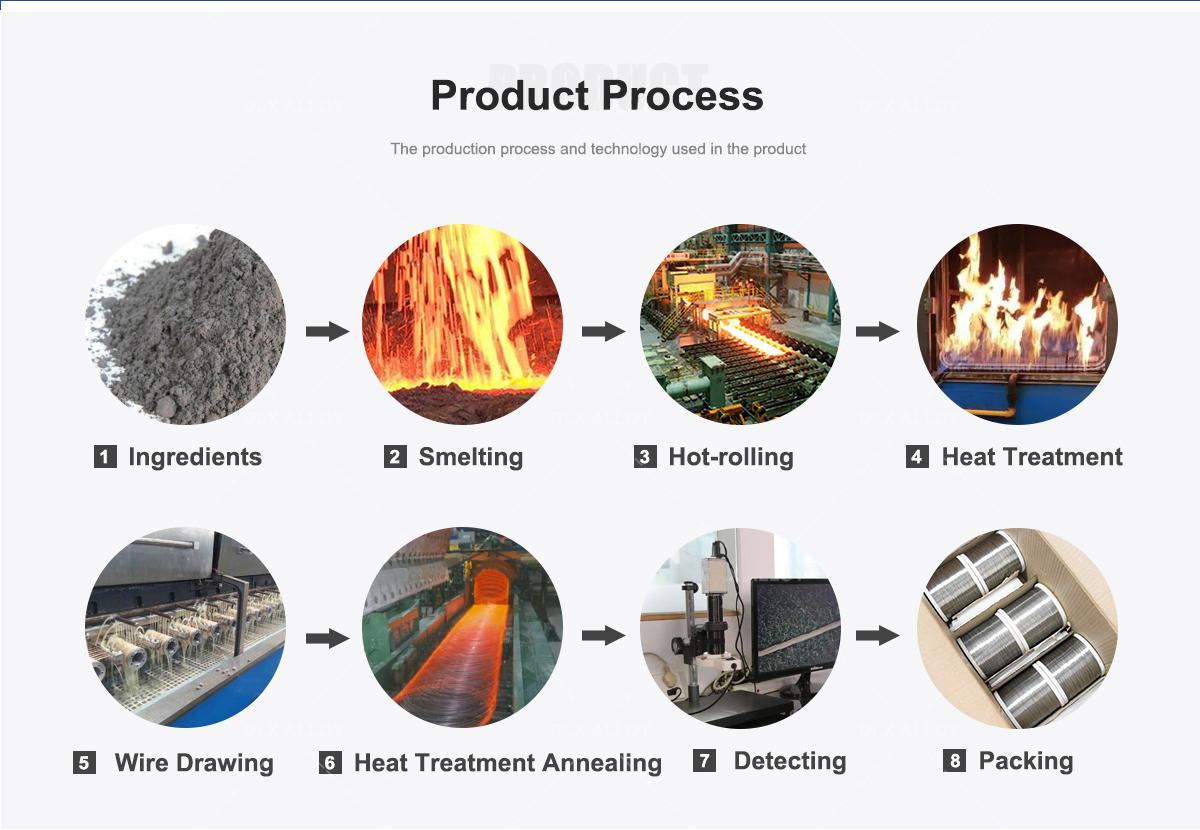
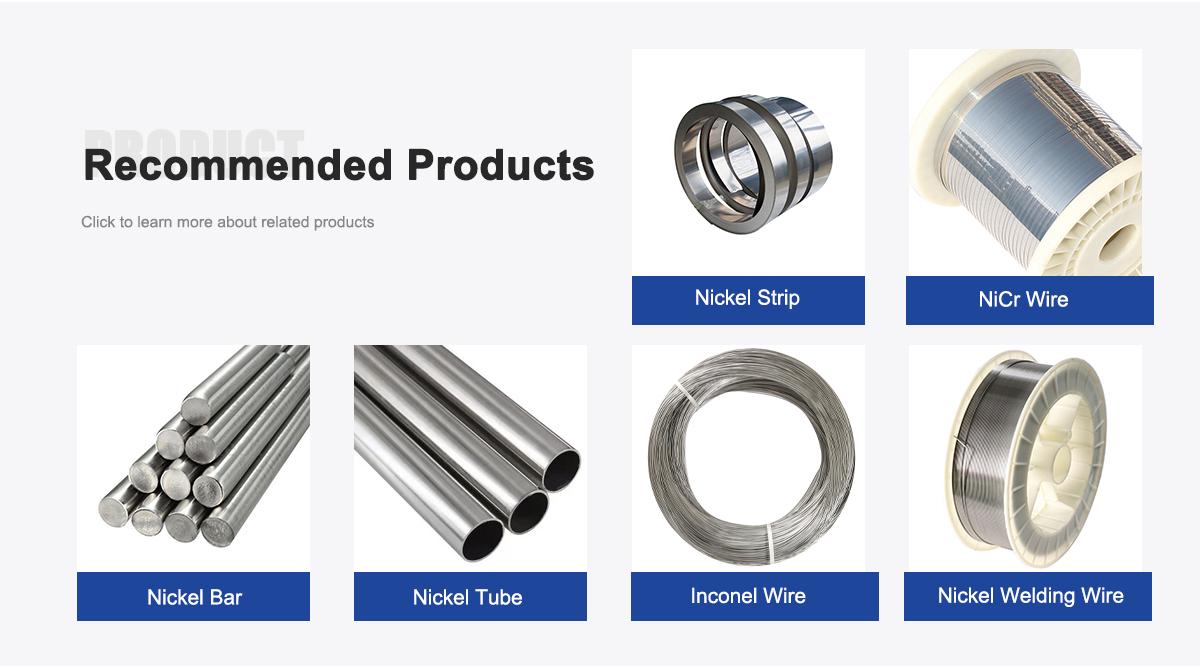
About Us:
Our 12,000㎡ factory is equipped with complete capabilities for research, production, testing, and packaging. We strictly adhere to ISO 9001 standards in our production processes, with an annual output of 1,200 tons. This ensures that we meet both quantity and quality demands. Furthermore, all products undergo rigorous simulated environment testing including high temperature, high pressure, and corrosion tests before being dispatched, ensuring they meet customer specifications. For all our clients, we offer timely and multilingual after-sales support and technical consulting, helping you resolve any issues swiftly and efficiently.
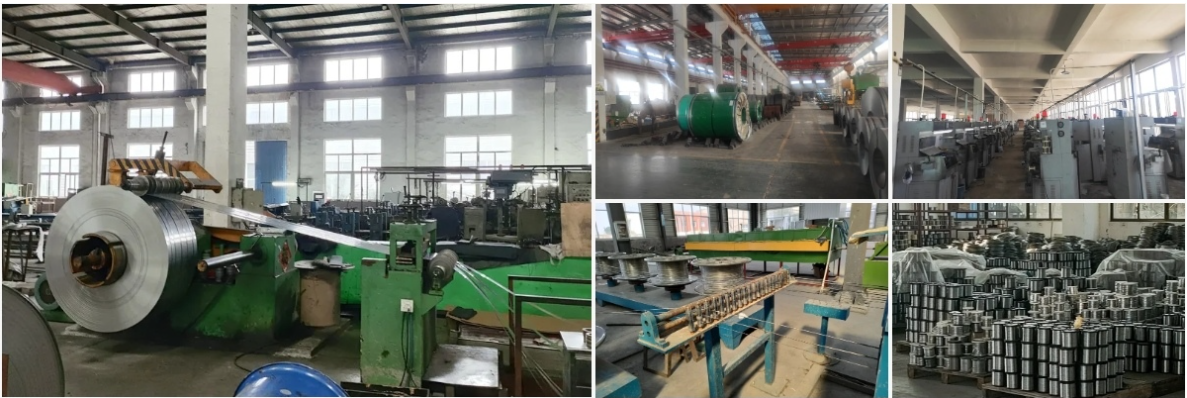
Client Visits
Building Stronger Partnerships
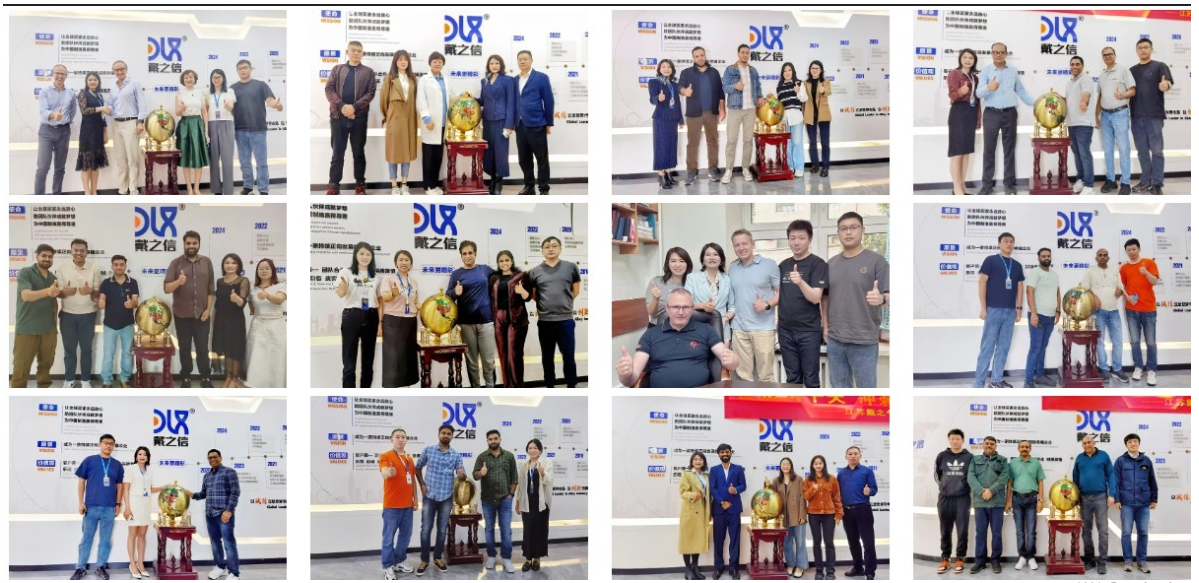
We support all kinds of testing:
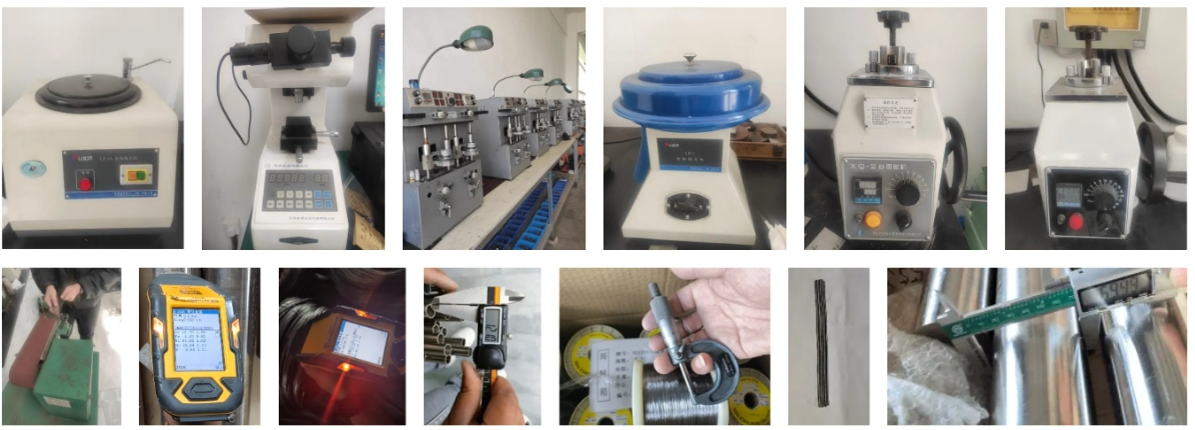
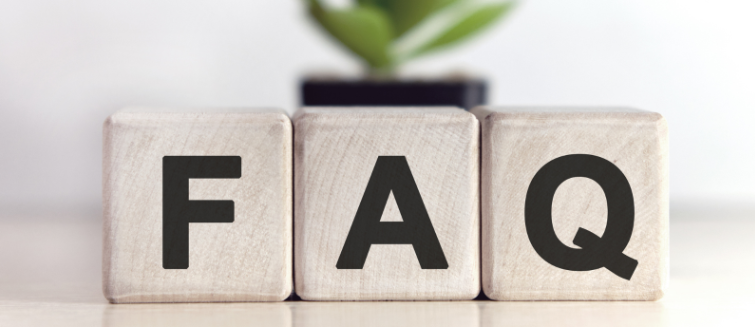
FAQs:
What is the composition of Nimonic 90 alloy?
Nimonic 90 is a nickel-based superalloy consisting of 54-62% nickel, 18-21% chromium, 15-21% cobalt, 2-3% titanium, 1-2% aluminum, and trace elements for strengthening.
What are the standout properties of Nimonic 90 spring wire emphasizing corrosion resistance?
It provides exceptional corrosion resistance in salty, sulfurous, and oxidative environments, high creep strength up to 920°C, excellent fatigue resistance, and maintained elasticity in harsh conditions.
What are typical applications for corrosion-resistant Nimonic 90 spring wire?
It's applied in marine exhaust systems, propulsion components, industrial chemical reactors, valves, and fasteners exposed to seawater or corrosive chemicals.
How does Nimonic 90 spring wire perform in industrial and marine corrosive settings?
The alloy resists pitting, crevice corrosion, and stress corrosion cracking in seawater and acidic environments, while retaining mechanical properties at elevated temperatures.
Which industries benefit most from Nimonic 90 spring wire?
Marine engineering, chemical processing, oil and gas, power generation, and aerospace industries use it for durable components in corrosive atmospheres.
What are emerging industry trends for Nimonic 90 alloys in 2025?
Trends include sustainable manufacturing via powder metallurgy, enhanced hot corrosion resistance through alloy modifications, increased use in renewable energy systems, and additive manufacturing for complex parts.
Why is corrosion resistance a key feature in Nimonic 90 spring wire for these environments?
It prevents material degradation from seawater, chemicals, and high-heat oxidation, extending component life and reducing maintenance in demanding industrial and marine operations.
How is corrosion-resistant Nimonic 90 spring wire produced?
Via vacuum melting, precision drawing, age-hardening, and optional surface treatments to enhance corrosion barriers, ensuring uniform structure and customizable specifications.
